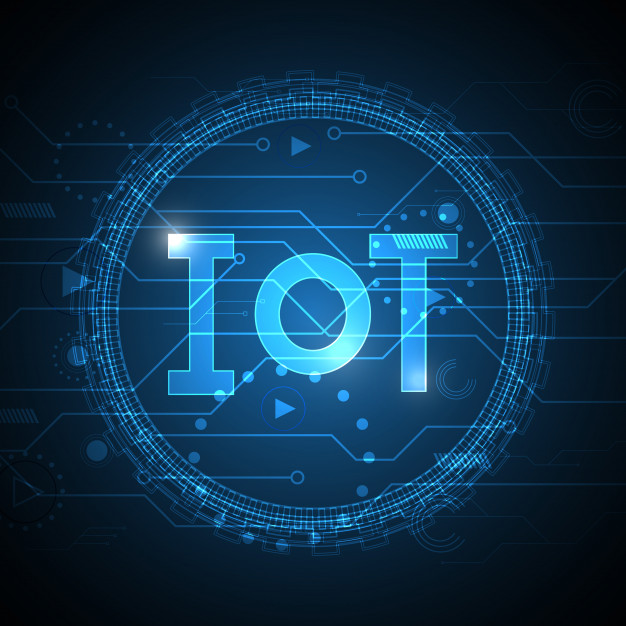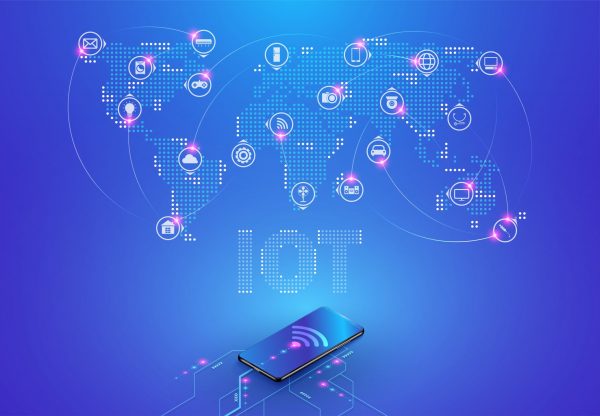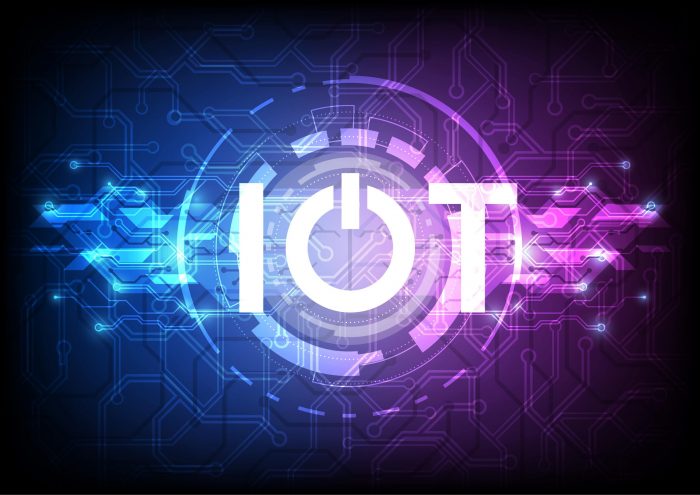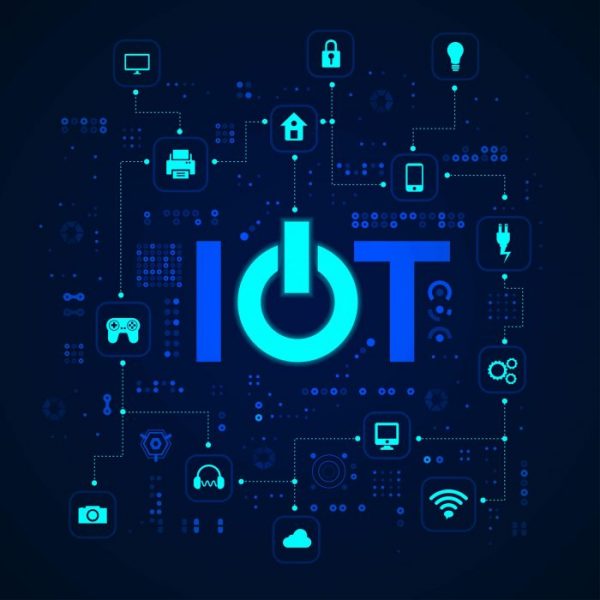PropTech & IoT: Adoption of technology for smart building and smart cities
Audio : Listen to This Blog.
An AC system that automatically cools your living room ten minutes before you enter, and even emails to the concerned authorities in case of a malfunction; plus, undertakes the regular job of regulating room temperature, in keeping with the number of people in the room.
Yes, believe it or not, the buildings of the future will be managing all by themselves. In no time you will have fridges that would independently order milk when the supply is over or motion sensors that could switch off lights in unoccupied spaces, or for that matter, doors that could be opened with a smartphone.
People no longer want to live like before, with just four walls around them. Home automation is becoming the new normal.
And Proptech (Property Technology) is taking it up by several notches. Property managers and several construction companies are focussing on building smart living spaces that would enable automated control of properties with a central focus on energy management, home security, and also the management of different home devices.
Looking forward, IoT-enabled smart devices would help in routine tasks such as detection of irregularities on a regular basis, so that issues can be anticipated and solved beforehand. For instance, in case of an elevator malfunctions the building system would report in real-time.
Also, smart buildings would be able to effortlessly control their energy consumption as the data collected from meters and sensors could be promptly utilized. The digital collection and processing of operating data in real-time would enable efficient maintenance.
In the last decade, building automation has received a significant boost because of the demand to reduce energy and operational costs.
Even building security definition has expanded as it would be no more be about passive alarms but automatic alarms which would minimize manual security work.
Here are some of the technologies that will help streamline and significantly improve the goal of converting cities to smart cities
- Digital twins
The concept of digital twins, which was successfully applied in manufacturing and industrial automation, can be used for revolutionizing infrastructure, building and property sectors.
Digital twins are basically virtual model of a process, product or service. The twining of virtual (IoT) and physical world would enable analysis of data and monitoring of systems to manage problems even before they occur. It’s being believed that application of digital twins will help curtail the labour costs and also enhance the operational efficiency of the asset.
You might also like
Operating as a Platform as a Service model, it would embed elements in building automation, smart grids, performance monitoring, smart lighting, safety, and more. Plus, embedding IoT sensors in construction vehicles, machinery and more along with predictive analytics offers conditional asset performance analytics that helps you to make the switch from time-based maintenance to condition-based maintenance.
- IoT- enabled traffic management
IoT-enabled transport systems and real-time data would help in centralized monitoring and control of traffic management. This would improve traffic flow and also make traffic congestions on highways more predictable and thereby control it. IoT-enabled traffic management is already in process in cities such as London and Singapore.
- Cameras, Drones, and Big Data analysis
Through the power of predictive surveillance, these devices can be used for crime control. In fact, several police departments are actively using these tools. It comes as no surprise that these technologies are bringing in a big change for governments, urban planners and city managers. These technologies will transform the way we build and manage our cities.
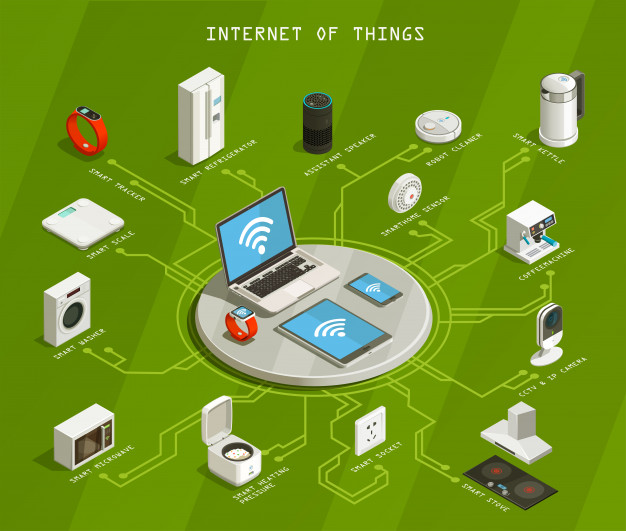
- Data Analytics
Cloud computing along with other evolving technologies would capture, manage, and analyze big data. This sort of data analytics could be used in garbage collection, traffic control, planning and allocation of resources among many others.
- IoE (Internet of Everything)
Networking and communication are integral part of smart cities. The underlying communications infrastructure, powered by IoE will enable smart cities to connect devices, infrastructure and people and thereby provide services at countless endpoints.
- Blockchain
Blockchain will help generate an immutable and indestructible chain of information. This could help smart cities to fully digitalize land records
Things to be taken care of while leveraging Proptech for Smart building and Smart cities
- Select appropriate sensors for specific environments
For smart parking, magnetometers are ideal for outdoor smart parking environments as they can easily adjust to whether changes and lighting conditions. When it comes to off-street parking locations, video camera sensors are ideal as they can be easily deployed,
You might also like
Magnetometers and video camera sensors are just two of the several parking options available. According to an IoT report, there are about 8 types of sensors that are currently being used in smart parking projects.
- Software middleware tools are the central to successful smart city IoT projects
Smart city IoT projects provide a never seen before view, thanks to the sensors and data gathered. The gathered data can be used to scrutinize the behavior of solutions – from predicting malfunctions and also taking crucial decisions, which could really have a positive impact on the city residents. For this, you need to have a set of software middleware tools to back your smart city solution.
- Choose the right connectivity option
Choosing the right connectivity depends on the solutions you are using. For example, if you plan to have video monitoring of a street, you need to have surveillance systems hosted on lighting poles. This means the connectivity options that you have in place must offer the required bandwidth. You can try 4G or 5G as connectivity solutions. Nevertheless, LPWAN’s (low-power wide-area network) care considered to be ideal for smart city IOT projects.
Author Bio: I am Jennifer Warren, a Content Crafter with GoodFirms, a research and review platform for service and software companies. The company provides a curated list of top mobile app development companies, top writing service companies among many others.
